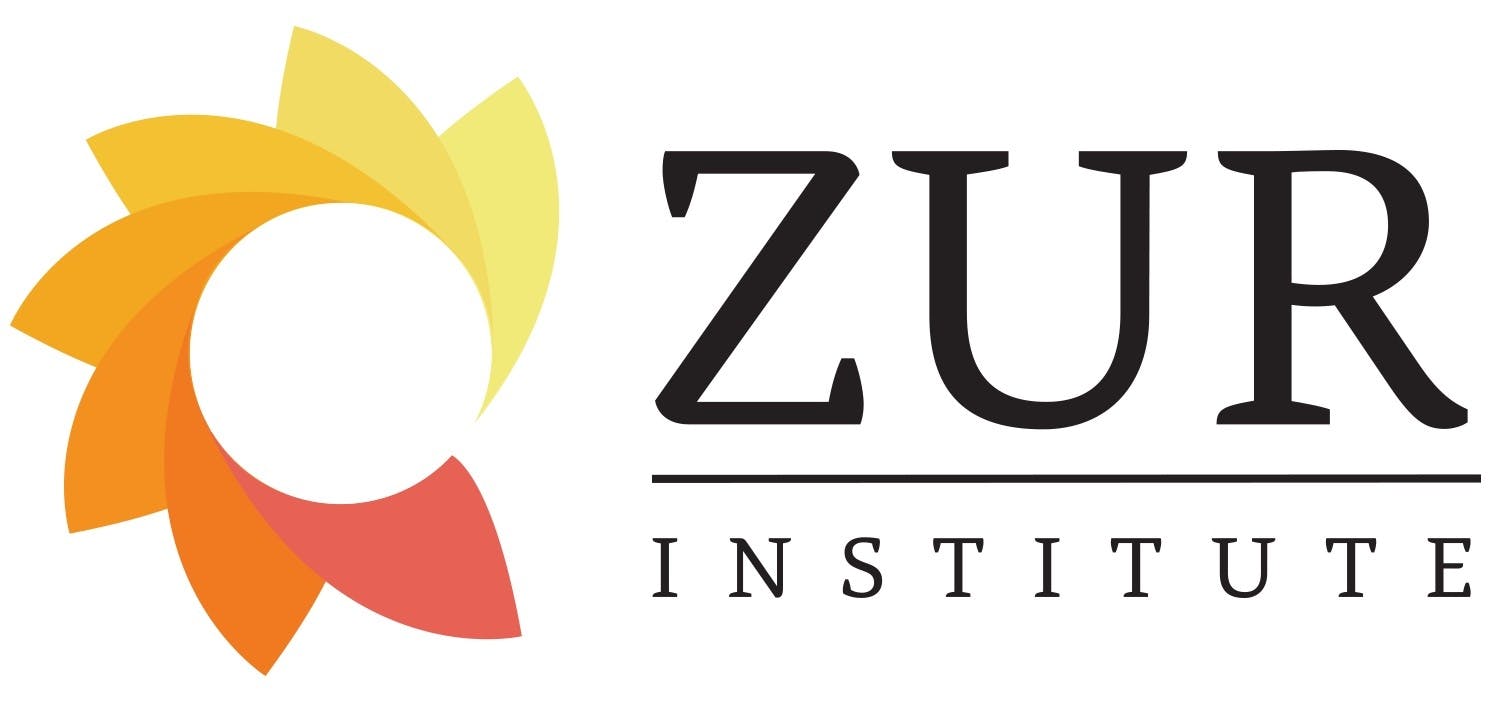Therapists In the Movies: Exploring Ethics &Therapeutic Boundaries
Fulfills Requirement: Professional Ethics for all professions. Check with your state board if you have questions.
NOTE: Due to the nature of this course, there is no transcript available for the first 3 hours of content.
Films allow us to see parts of ourselves reflected in characters on the screen, allowing us to see our own behaviors in a different light and possibly catch a glimpse of how others view us. In this course, Dr. Zur has attentively selected films that provide insights into what constitutes ethical practice. He uses vignettes from popular movies and television shows to teach therapists about boundaries and ethical issues, and he does so in a manner that both highlights ambiguities and provides clarification. Additionally, scenes in which controversial topics, such as touch, inviting a client to dinner, and using foul language, are discussed to highlight how such behaviors can either make a client feel comfortable and help build a therapeutic alliance, or conversely, lead to distrust and betrayal.
This intermediate level course is comprised of two sections. The first part is comprised of a video presentation and is available in both video and audio format. Each section begins with a discussion of fundamental ethical principles and is followed by clips from films and television shows that illustrate how these principles are either adhered to or violated. The second section, presented in both audio and text versions, contains more in-depth analyses of ethical themes interspersed within descriptions of various films.
Disclaimer: This course is purely educational and does not intend to serve as endorsement for mental health professionals to prescribe or practice any of the approaches presented in this course. Check with your licensing board about the scope of practice of your profession to make sure you practice within that scope. Some movie vignettes contain profanity
Educational Objectives
This course will teach the participant to
- Discuss the standard of care and how it applies to clinical practice
- Identify the difference between boundary crossing and boundary violations
- Describe the importance of context as it applies to the standard of care and ethical behaviors
- Identify ways in which self-disclosure can be used to enhance the therapeutic relationships
- Discuss ethical concerns arising out of use of social media, contemporary technologies, and telemental health
Syllabus
- Boundary Crossing: Therapists as kind and helpful professionals
- Boundary crossings versus boundary violations
- Ethical gift giving
- Unavoidable extensive self-disclosure Outside of the office treatments
- Standard of care
- What it is and what it is not
- Therapeutic Boundaries
- Traditional therapeutic boundaries
- Boundary violation
- Boundary crossing
- Standard of care is context based
- Dual or multiple relationships
- Concurrent
- Sequential
- Unavoidable dual relationships
- Boundary crossings by therapists
- Boundary crossings by clients
- Rethinking power differentials
- Powerful clients
- Therapy and texting
- Social media
- Telemental health ethics
- Other themes and movie vignettes
- Informed consent as seen in the movies
- Language and silence as seen in the movies
- Proximity space between therapists and clients
- Gifts as demonstrated in movies
- Home offices and ethical considerations
